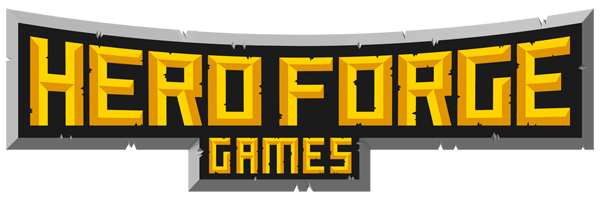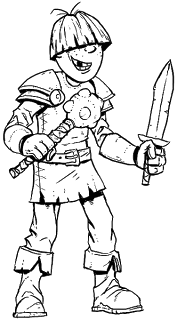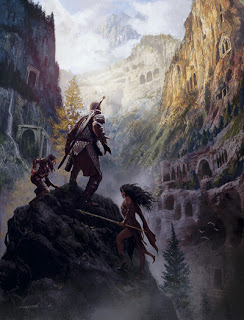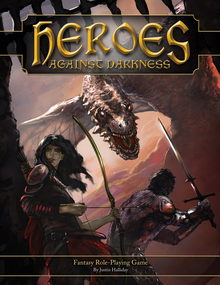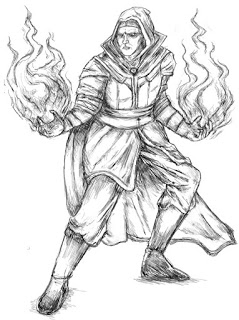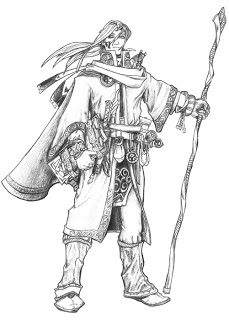D&D RPG For Kids: Coming Soon…
I still get tons of interest in an old blog post of mine where I played a super-simple D&D-style RPG with my daughter Violet:
D&D For Kids (Rules Included)!
Since the release of Heroes Against Darkness, Violet and I have been working on expanding the basic premise of those rules into a real proper game for real proper kids. It’s too early to tell you too much, but what I’d like to do is to get you guys to contact me if you’re interested in playtesting the rules when they’re ready.
If you are interested, drop me an email at justinhalliday(a)gmail(dot)com, hit me up on Google+, or just follow this blog and i’ll put you on the mailing list for the game’s playtest.
Kudos to Eric Quigley for the pic.
In the mean-time, here’s a real-life RPG for grown-ups:
Heroes Against Darkness: Downloads.
